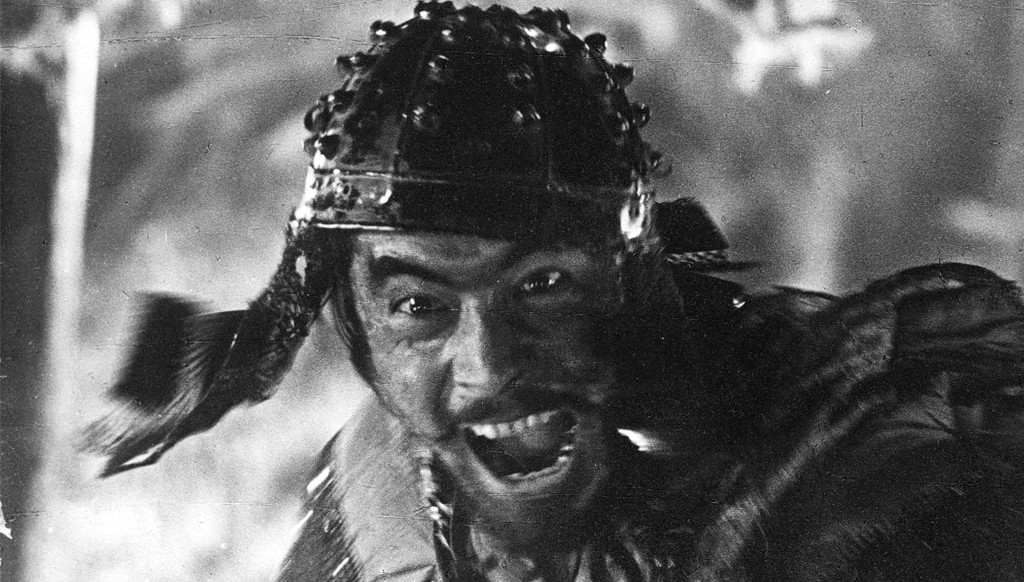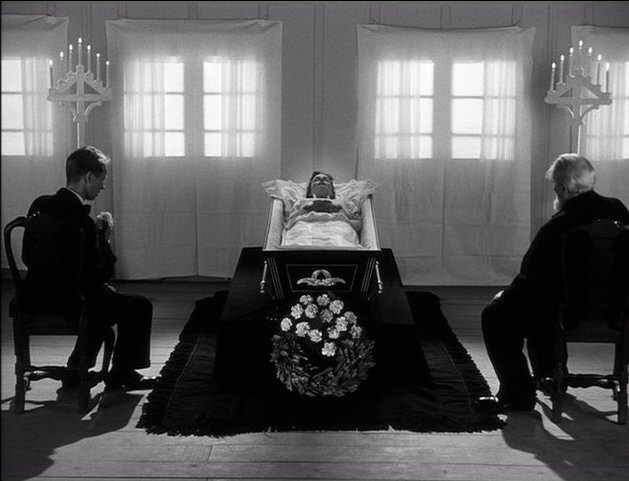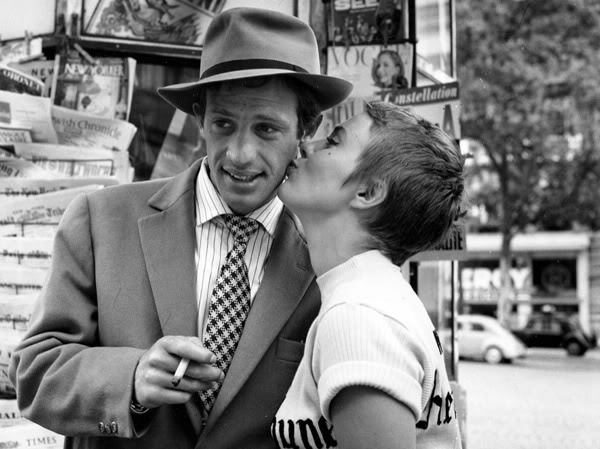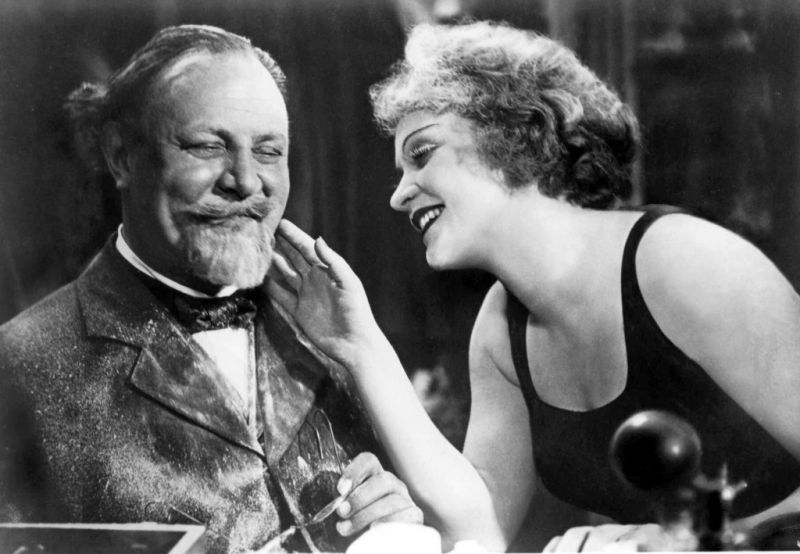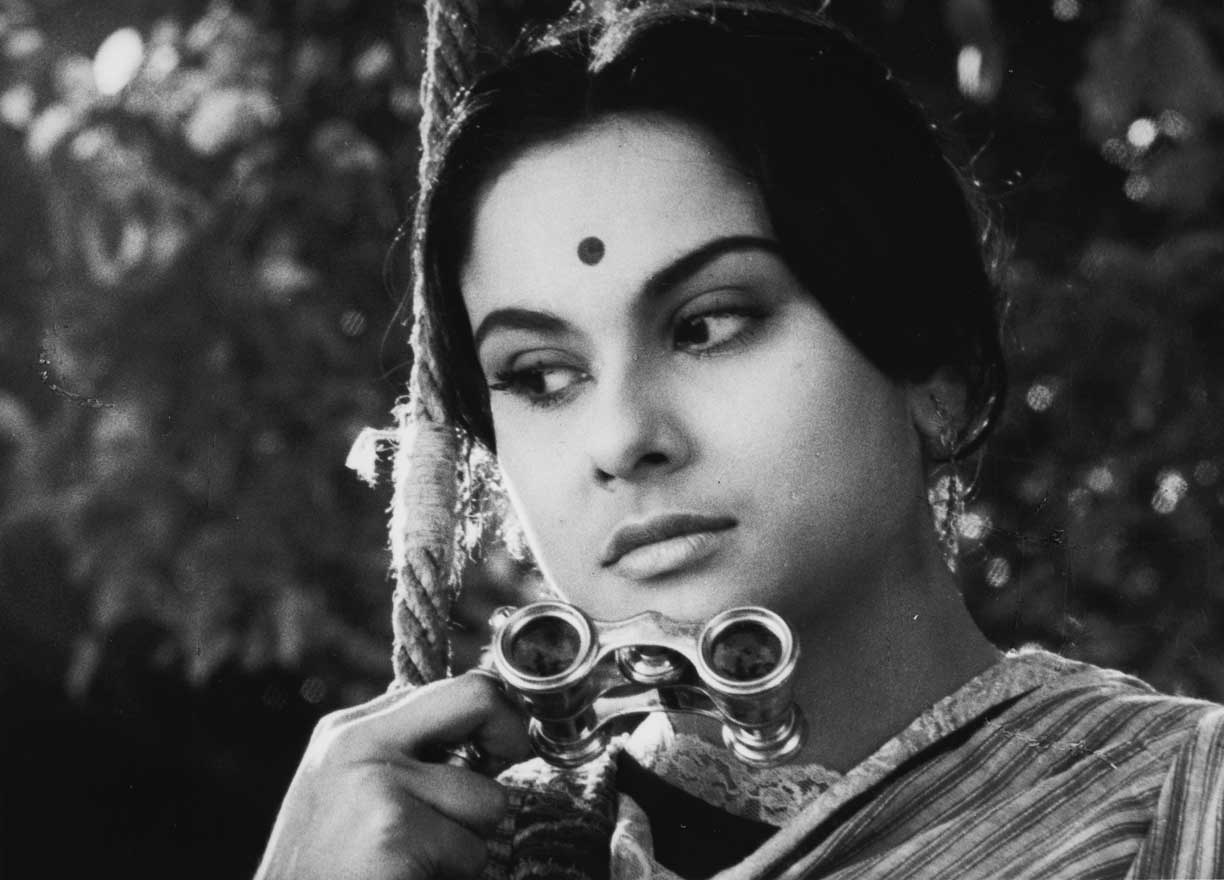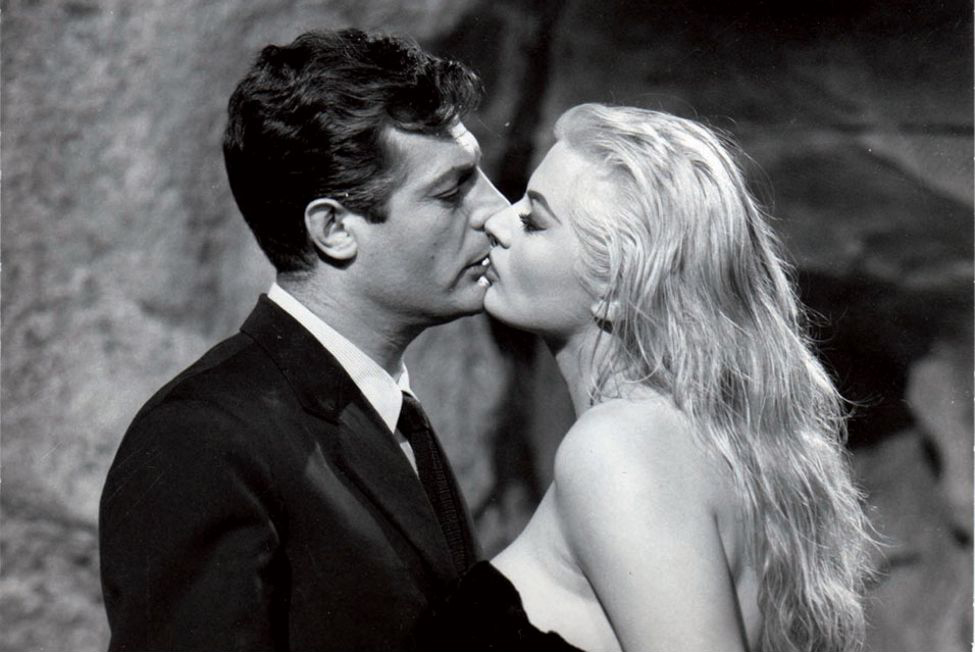As our readers seemed to enjoy the last list of ten classic masterpieces from ten different nations, we decided to do a follow-up. Just like with the previous list, if you are a serious film buff, you might have already seen all of these films but maybe there are some you haven’t. And if your appreciation for film is a relative new thing and you haven’t seen all that many classics yet, here are another ten films, which are all essential viewing.
Just like with the other list, it is of course impossible to be even remotely comprehensive when compiling a list like this as many of these nations have produced plenty of essential masterpieces. But just like before, you simply cannot go wrong with any of the ten movies listed below and anybody with a serious passion for cinema would be advised to see all of them.
1. Denmark – Ordet (Carl Theodor Dreyer – 1955)
Based on a play by a Danish Lutheran priest, Kaj Munk, Ordet was the return to feature films for director Dreyer after having devoted the previous decade to documentaries and shorts. An examination of faith and religion and the conflict between personal beliefs and institutionalised dogmas, Ordet turned out to be Dreyer’s biggest critical as well as financial success.
The film revolves around the Borgen family on a farm in rural Denmark. Devout widower Morten, the patriarch of the family, has three sons: Mikkel, an agnostic who is married to pregnant Inger, Johannes, who lost his mind studying Kierkegaard and now thinks he’s Jesus Christ himself, and Anders, the youngest of the bunch, who is in love with the local tailor’s daughter and wants to marry her. But as Peter the tailor is part of a fundamentalist cult, directly at odds with Morten’s beliefs, the father opposes the marriage until he hears that Peter forbids it.
Morton then wants it to go ahead out of sheer stubbornness. Morton goes to discuss the issue with the Peter who insists that Morton and his family join their cult if he were to give his blessing to the wedding. Morton then gets a call informing him that Inger has gone into a difficult labour and leaves whilst being furious with Peter. As the rational doctor is called to the house to assist with the birth, various opposing beliefs come into sharp focus as everybody gathers around Inger and the aftermath of the night causes a re-evaluation of everyone’s faith.
A slow and difficult film, Ordet is an almost hypnotic meditation on religious beliefs, which at the same time might almost feel clinical. It might take some time to get into the film’s rhythm, which can easily be perceived as boring but once it grabs you, it’s a one of a kind experience and clear evidence why Dreyer is seen as one of cinema’s great directors. The film won the Golden Lion at the Venice Film Festival, Best Foreign Film at the Golden Globes as well as Best Film, Best Actor and Best Actress by the Danish National Association of Film Critics.
2. France – Breathless (À Bout de Souffle) (Jean-Luc Godard – 1960)
The feature film debut of Jean-Luc Godard and arguably the seminal film of the French Nouvelle Vague, Breathless ironically was a breath of fresh air when it hit the screens in 1960. Bold in its visual style, the movie broke many cinematic “rules” with its loose narrative; extras broke the fourth wall, the camera appeared constantly restless and most famously its innovative use of the jump cut (editing mid-shot), all of which had a disorienting yet very energetic effect.
Additionally Godard shot the film in an almost Italian neorealist fashion, getting rid of most of the crew by using sensitive filmstock so no artificial lights were needed. He also shot the film without sound and post-synchronised it so that no sound crew was needed during the filming. This also allowed the actors to act more freely, as they didn’t need to memorise their lines, and his script to be altered on the go as they were shooting. Last but not least, the film was jam packed with references, both from popular culture as well as high art, adding further to the film’s unique feel.
The story is almost an afterthought as the loose narrative deals with petty criminal Michel (Jean-Paul Belmondo), who models himself after Humphrey Bogart (complete with signature raincoat), steals a car, kills a police officer and evades the law as he tries to charm Patricia (Jean Seberg), a girl who sells American newspapers in the streets of Paris. The two have a brief relationship but when Patricia finds out what Michel is wanted for she betrays him.
But story isn’t what Godard was interested in. This film is all about style and innovation. The film’s fresh and energetic form struck a chord with audiences in the early sixties and became a surprise hit, winning Godard Best Director at the Berlin Film Festival as well as a Best Film award from the French Syndicate of Film Critics and the annual Jean Vigo Prize. Like François Truffaut once famously said: “There is the cinema before Godard and the cinema after Godard” and Breathless is where that split happened.
3. Germany – The Blue Angel (Der Blaue Engel) (Josef von Sternberg – 1930)
The first major German sound film as well as one of Europe’s earliest talkies, The Blue Angel was the international breakthrough for Marlene Dietrich and an undisputed classic of German cinema. Director von Sternberg, who had moved to the United States at age fourteen and had been directing films there, was asked to come to Berlin to direct the film and it started the lengthy relationship between him and Dietrich, which continued in Hollywood (both professionally as well as privately).
The movie tells the story of school teacher Immanuel Rath (Emil Jannings) who punishes several of his students for circulating photographs of Lola-Lola (Marlene Dietrich), an entertainer at the local cabaret The Blue Angel. Hoping to catch some of the kids at a show he goes to the club that night but once he sees Lola, he is consumed with desire and falls madly in love with her. As a result, he quits his teacher job and ends up marrying her but his happiness is short lived. As his savings are spent, he soon is forced to make a living by becoming the clown in her show and steadily becomes more insecure as Lola treats him with contempt and shows interest in other men. The degradation that ensues soon leads Rath on a descent into madness.
The Blue Angel was shot in German and English simultaneously although the English version was considered lost for many years but since been found and restored. Nonetheless, the German version is preferable as the majority of the cast was obviously more comfortable in their native tongue. The film was Emil Jannings’ last noteworthy and possibly best remembered role and the cause of Joseph von Sternberg’s divorce from his wife as he had fallen in love with Dietrich. The movie also introduced Dietrich’s anthem “Falling in Love Again”, a song she would forever be associated with.
4. India – Charulata (aka The Lonely Wife) (Satyajit Ray – 1964)
Whilst Satyajit Ray’s Apu Trilogy might be his best known work, the director is responsible for a few other classic masterpieces of Indian cinema. Made a few years after Ray’s golden age of the late fifties, Charulata is based on the 1901 novella Nastanirh by Bengali author Rabindranath Tagore.
The film tells the story of Charu, a lonely wife, who lives in seclusion in a manor with her husband in late 19th century Calcutta. Her husband, Bhupati, is a newspaper publisher who is completely caught up in his work and politics and as a result neglects Charu, who spends her time bored at home. Bhupati is aware of this however and decides to invite his younger cousin, Amal, a student on a break from his university, to keep her company in their house as he shares his wife’s literary interest. But as the two engage in lengthy conversations and spend more time with each other, an attraction start to develop between them.
Amal however is not willing to break his cousin’s trust, especially as Bhupati has just been swindled by his brother and his wife, who have made off with most of his money. As Bhupati tells Amal that he is now the only one he can trust, Amal is overcome by guilt and leaves suddenly to get married, leaving a letter for Charu behind. When Bhupati walks in on his wife as she is crying over Amal’s sudden departure, he realises what has been going on and the two have to re-evaluate their relationship.
A poetic and beautiful masterpiece of Indian cinema, Charulata uses its story of a couple in which the wife changes from a traditional housewife into a more educated modern woman as a metaphor of the greater changes in Indian society at the time. The film won the Silver Bear for Best Director at the 1965 Berlin Film Festival as well as the Golden Lotus Award for Best Film at the Indian National Film Awards. It has been said to have been Ray’s personal favourite out of all the films he directed and certainly confirmed his status as the greatest of all Indian directors.
5. Italy – La Dolce Vita (Federico Fellini – 1960)
One of the most influential and financially successful European art movies of the 1960s, Frederico Fellini’s La Dolce Vita is the film for which the critics first coined the term “Felliniesque” to describe his distinct poetic and flamboyant style. It can be argued that this was the film that really opened the floodgates for European art cinema abroad and till this day the movie is often referenced in many works of other renowned directors.
The film consists of a prologue, seven episodes and an epilogue in which the viewer is taken on a journey through decadent and hedonistic Rome by way of tabloid journalist Marcello Rubini (Marcello Mastroianni) as he wonders around the eternal city amongst the international jet set and its aristocracy. Filled with hallucinatory and poetic imagery, captured in glorious black and white widescreen photography, the film paints a picture of the “new” Rome as a profane, decadent and morally empty place, rebuilt on the poverty of the post-war period through the economic miracle of the late fifties. Marcello searches for meaning in this almost surreal landscape but ultimately doesn’t find it and seems to simply accept his and the city’s shallow lifestyle.
La Dolce Vita was a pivotal film in Fellini’s career. It greatly expanded on the poetic style and carnival-esque features which had already been present in his earlier works like La Strada and Nights of Cabiria and it also started a long and fruitful collaboration with Marcello Mastroianni, who would go on to star in another four of the director’s works. The film won the Palme d’Or at Cannes in 1960 and was nominated for four Academy Awards, ultimately only winning one for Best Costume Design, Black & White. A towering achievement in Italian film history and world cinema, La Dolce Vita is a truly iconic film which has worked its way well into popular culture.
